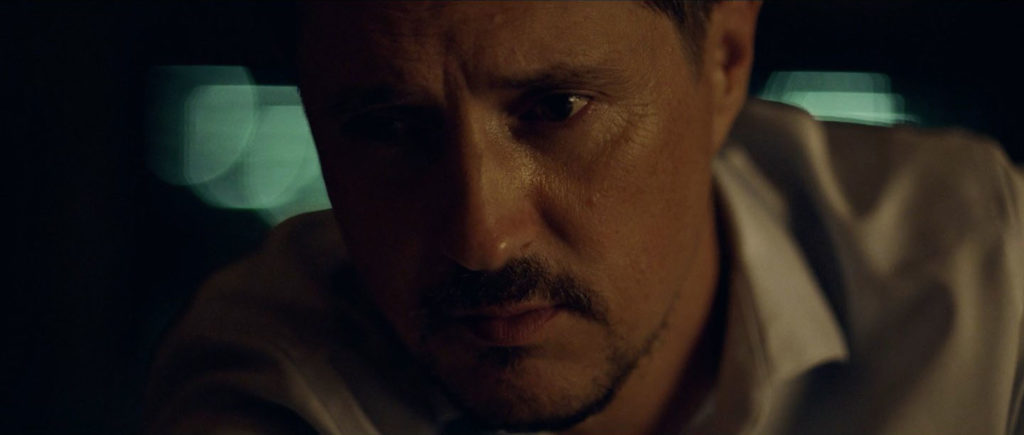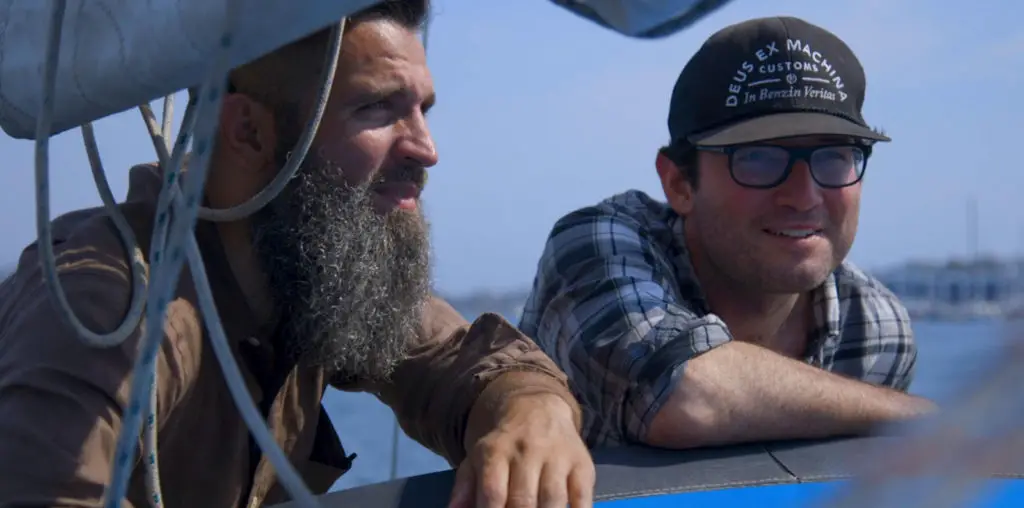
Behind the high-security tangle of spiked fencing lies not a women’s prison of male fantasy, but The Bedford Hills Correctional Facility for Women, which is a maximum-security women’s prison in New York State. Like any other prison, the cells are filled with people serving time for their crimes. Some may see their way out soon and others, like Pamela Smart, have no chance, facing a life sentence without the possibility of parole.
However, while chances of leaving the prison are slim for many, there is a ray of hope in the written word for the women by way of Eve Ensler, the writer of “The Vagina Monologues”. Ensler, since 1998, has been holding writing workshops for the women, which the purpose is for the women to come to terms with their transgressions as well as themselves. “What I Want My Words To Do To You” is smart and insightful in so many ways. First, the filmmakers are aware that the prisoners’ words are more than enough and don’t need sappy musical accompaniment on the soundtrack to make the words more dramatic. These words are sad, mournful, regretful, and insightful enough as it is.
Secondly, the methods in which to introduce these women is a good one. After on-screen text explains what the documentary is about at the very beginning, the filmmakers have focused on writing exercises that the women have done and in turn, focus on one woman apiece for it. For example, the first writing exercise is, “Describe the facts of your crime.” With this, we are introduced to inmate Keila Pulinario who couldn’t believe a guy she trusted raped her and later on, he came at her with a knife, which led to her shooting him. She tells her story and fellow inmates chime in with their own thoughts on what they’ve just heard.
With the many women that are profiled, they have much to share among their group. Stories of past pains, not getting motherly attention, and the situations, which caused their incarceration, are covered at great lengths. The filmmakers, fortunately, let the camera run as much as possible to really allow us to listen to these inmates and try to understand them. Certainly their crimes are inexcusable, but their words show imprisoned souls really trying to come to grips with themselves with what they’ve done and the long sentences they are facing.
Another aspect of the documentary that holds much interest are actresses that have agreed to perform the inmates’ writing at the maximum-security prison and also at a benefit, which is aiming to provide additional programs in prison. The integral focuses here are on Glenn Close, Marisa Tomei, Rosie Perez, Mary Alice, and Hazelle Goodman rehearsing the writings as a group with Eve Ensler, and also performing them at the prison. There’s a great contrast here with this footage. For example, Monica Szlekovics is in for 50-to-life. She reads her work, in which she tries to tell her mother that there’s a strong possibility that she’ll never see the light of day, away from the bars of a cell. Then, we see Marisa Tomei reading Monica’s work at the prison, obviously trying to grasp how to feel with each spoken word and it cuts to Monica who, like many other prisoners who have had their work read by these various actresses during the course of the documentary, is emotional during the reading.
“What I Want My Words To Do To You” is a strong documentary that takes you into places that you probably never hope to go. But ultimately, it is remarkable that Eve Ensler has done something like this. It takes a lot of courage to head into a maximum-security prison like that, and Ensler is incredibly noble to help prisoners try to see their own situations through their own words. While there are the sides of the coin that would rather see these prisoners rot in their cells, this is something truly constructive and it makes for a solid documentary that covers enough angles to really get a feel for what these women go through when they bare their souls through words


